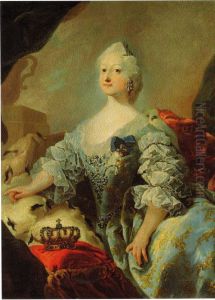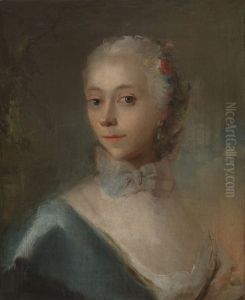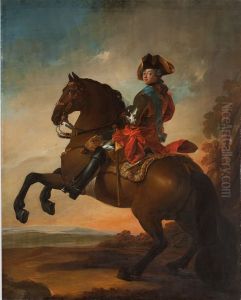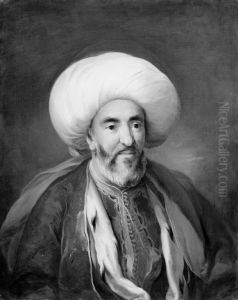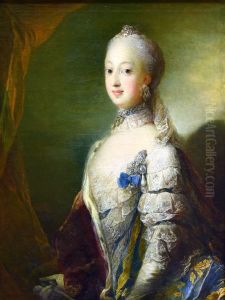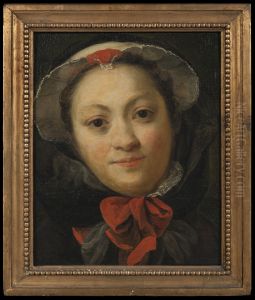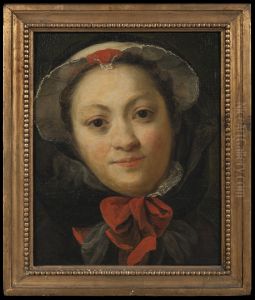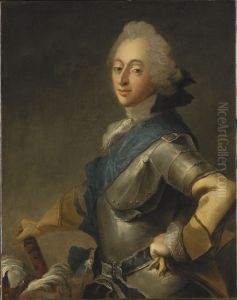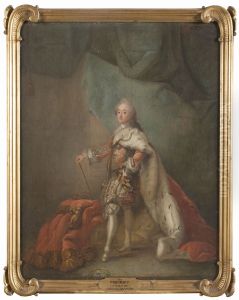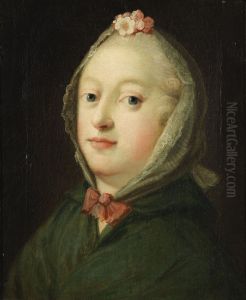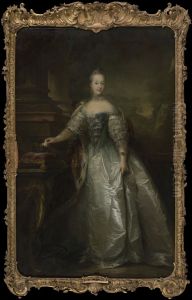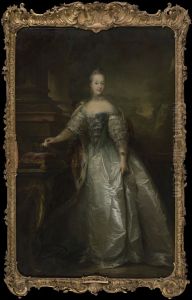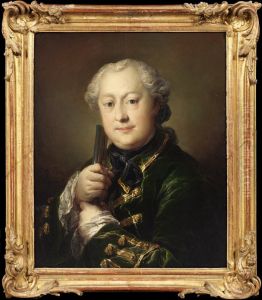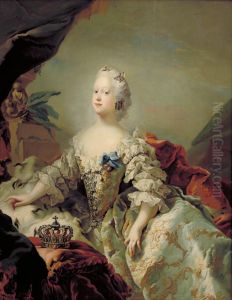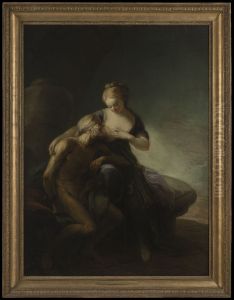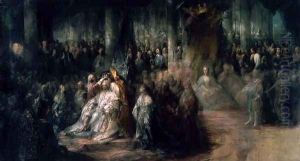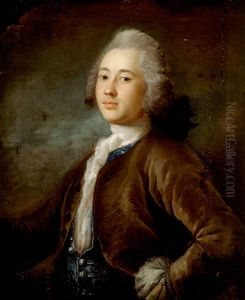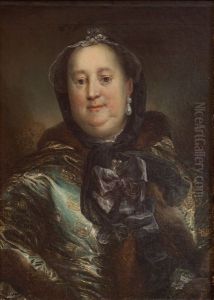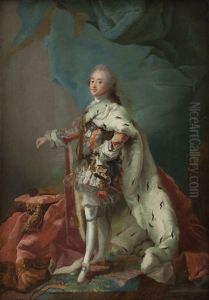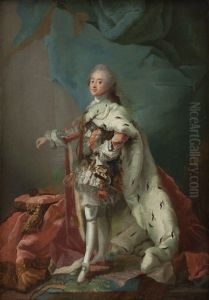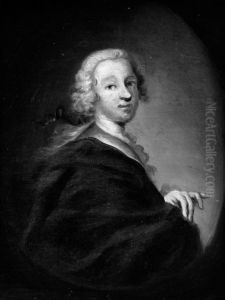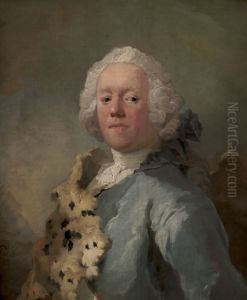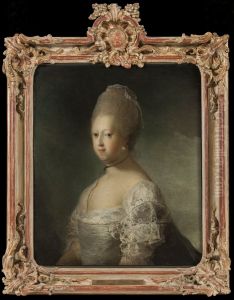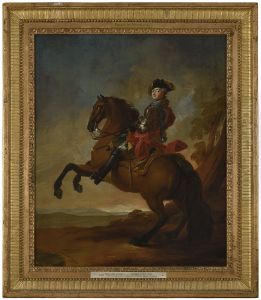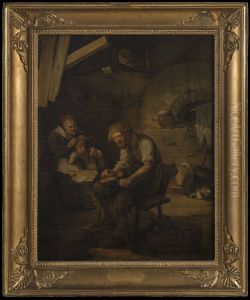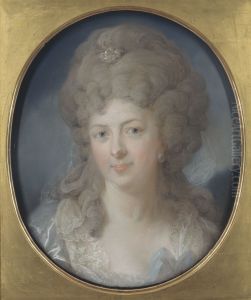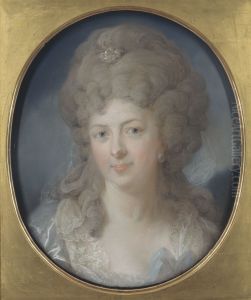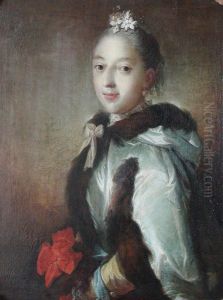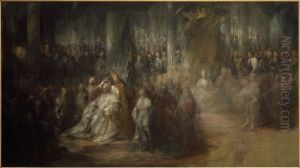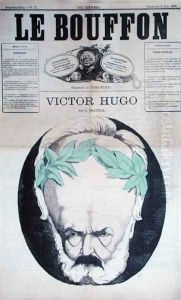Carl Gustaf Pilo Paintings
Carl Gustaf Pilo was a distinguished Swedish-born artist who made significant contributions to the art world in the 18th century. Born in 1711 in Scania, which was then part of Denmark but is now in Sweden, Pilo grew up in a time of great political and cultural shifts in Scandinavia. He showed an early talent for painting, and his skills were nurtured in an era that valued the arts as expressions of national identity and royal power.
Pilo's initial training was under the guidance of Swedish artist David von Krafft in Stockholm. He further honed his skills and expanded his artistic vision during his time at the Royal Swedish Academy of Arts. However, the political and social climate in Sweden, particularly the constraints imposed on artists and their creative expressions, led Pilo to seek opportunities abroad. This decision marked the beginning of an extensive period in his career where he worked and studied across Europe, notably in Paris and Rome. It was during these formative years abroad that Pilo was exposed to a wide range of artistic styles and practices, which influenced his development as a painter.
In the mid-18th century, Pilo moved to Denmark, where he eventually became a central figure in the Danish art scene. His reputation flourished, and in 1747, he was appointed court painter to King Frederick V of Denmark, a position that affirmed his status as a leading artist of his time. Pilo is best remembered for his portraits and historical paintings, which are characterized by their meticulous detail, vibrant use of color, and the ability to capture the psychological depth of his subjects. His most celebrated work, 'The Coronation of Gustaf III', is a masterful representation of this significant event in Swedish history and showcases Pilo's skill in handling complex compositions and numerous figures.
Throughout his career, Carl Gustaf Pilo remained deeply influenced by the cultural and artistic movements of the Enlightenment. His works reflect the period's ideals of reason, clarity, and harmony. Despite spending the majority of his working life outside Sweden, Pilo's art continued to be celebrated in his homeland and contributed to the development of Swedish national identity through visual culture.
Carl Gustaf Pilo died in 1793 in Copenhagen, Denmark, leaving behind a legacy that would influence generations of Scandinavian artists. His body of work remains a testament to his technical skill, artistic vision, and the important role he played in the cultural exchanges between Sweden and Denmark in the 18th century.
